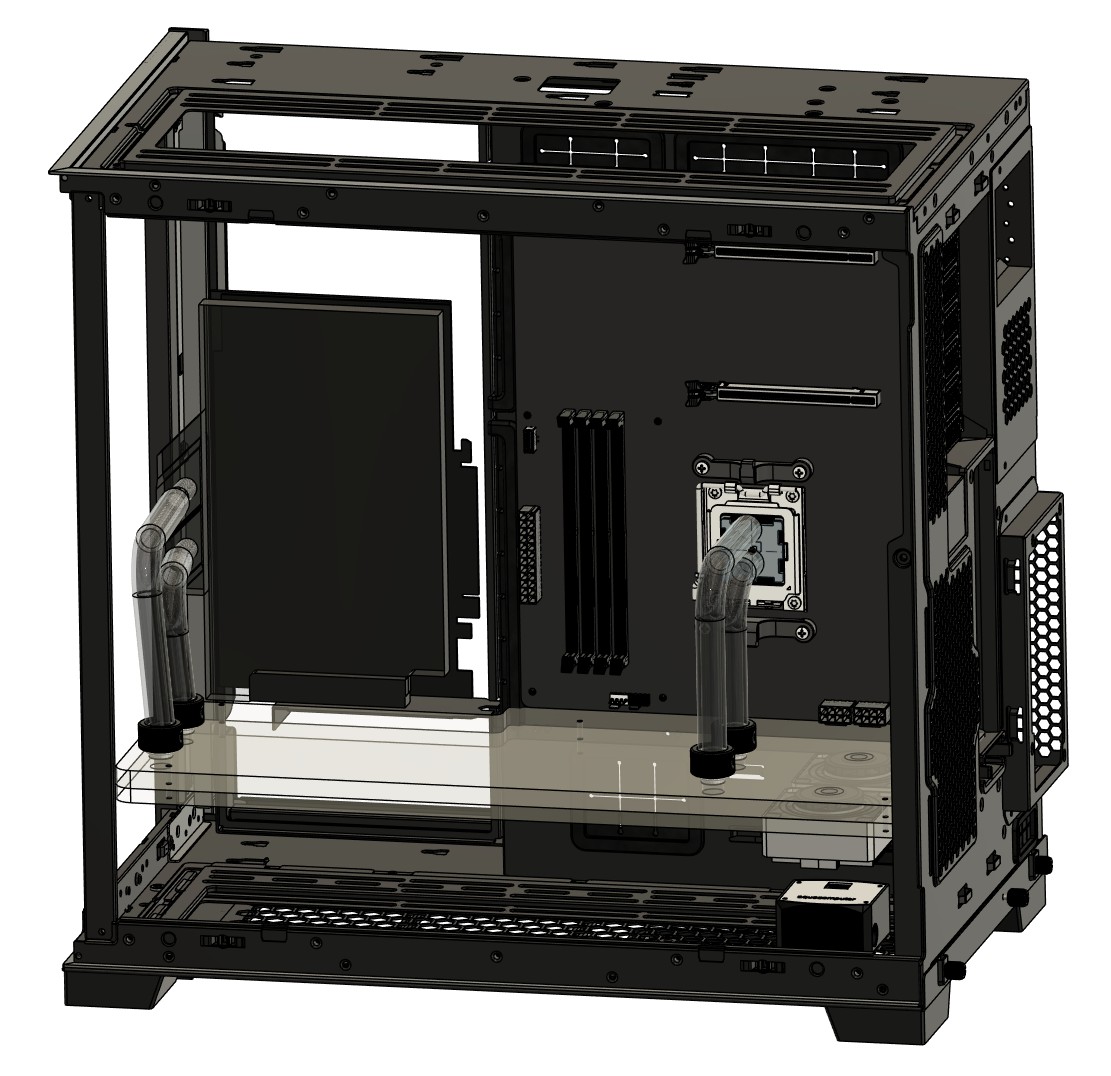PETG is even more hygroscopic (reason #2839 to not use that junk in a hardline loop) so I fear you'd end up in the same boat.
Honestly, FDM printing is likely a dead end for a final product simply because the layers are never a 100% cohesive mass. Now, you can get post-processing materials to add coatings and whatnot and maybe you could form a seal (at least an external skin) that way.
It sounds like your prototypes are functionally sound though. Question is, do you want to drop £400 on an M70x2 tap and die set
Honestly, FDM printing is likely a dead end for a final product simply because the layers are never a 100% cohesive mass. Now, you can get post-processing materials to add coatings and whatnot and maybe you could form a seal (at least an external skin) that way.
It sounds like your prototypes are functionally sound though. Question is, do you want to drop £400 on an M70x2 tap and die set








